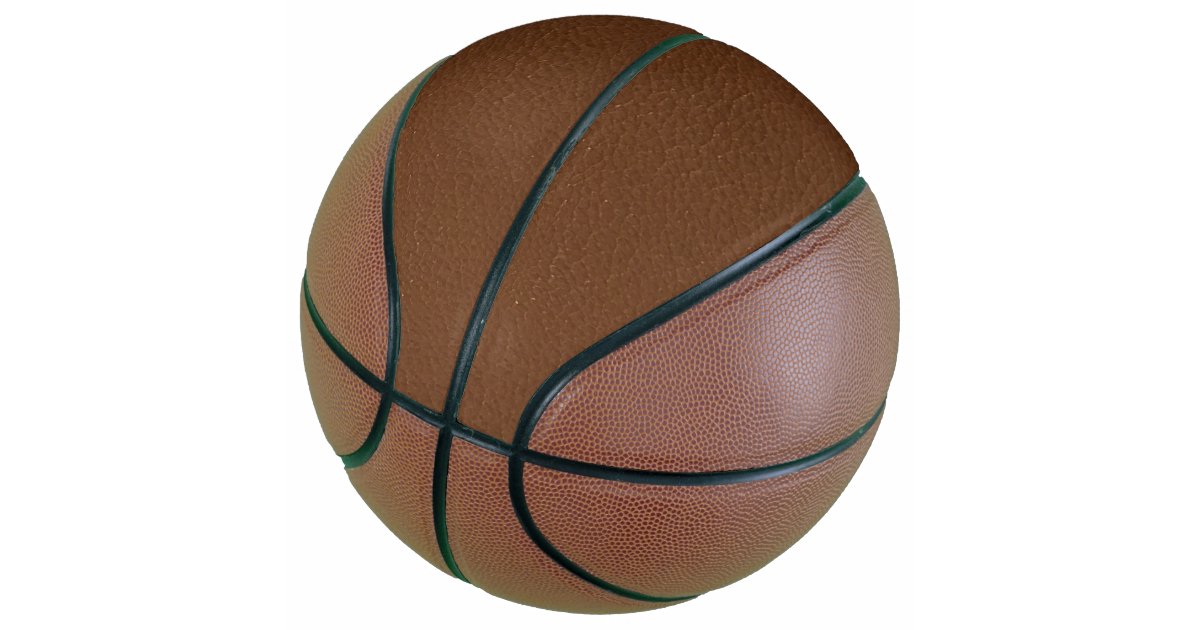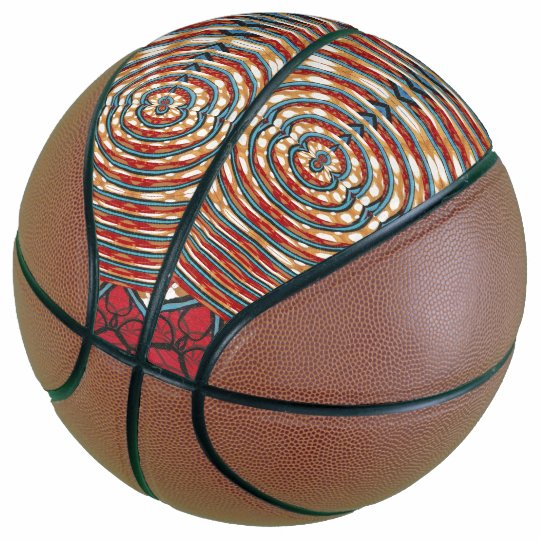Diameter Of Regulation Basketball
What Is the Diameter of a Regulation Basketball?
When it comes to basketball, understanding the specifications of the equipment is important for players, coaches, and fans alike. One key aspect of a basketball's design is its diameter. In professional games and leagues, such as the NBA, a regulation basketball must have a diameter of 9.5 inches. This standardized size ensures consistent gameplay and fair competition across the board. Let's take a closer look at the significance of this diameter and why it matters in the world of basketball.
The Importance of a Regulation-Size Basketball

Using a basketball with the correct diameter is crucial to maintaining the integrity of the game. A regulation-size basketball has a diameter of 9.5 inches, making it an ideal choice for players of all levels. This standardized size ensures fair play and consistent gameplay in both professional leagues and casual settings.
Benefits of a 9.5-Inch Basketball

Choosing a basketball with a diameter of 9.5 inches offers several benefits for players. Here are a few reasons why this regulation size is widely preferred:
- Consistency: By using a basketball with a regulated diameter, players can expect consistent bounce and handling characteristics. This allows them to develop and maintain their skills with greater precision.
- Professionalism: When players practice with a regulation-size basketball, they become more accustomed to the size and weight of the ball used in professional leagues. This helps them transition smoothly when playing at higher levels of competition.
- Fair Competition: Using a basketball with the correct diameter ensures that all players have an equal opportunity to showcase their skills. It eliminates any advantage gained from using a smaller or larger ball and promotes fair competition for everyone involved.
FAQs
Q: Is a 9.5-inch basketball suitable for all age groups?

A: While a 9.5-inch basketball is the regulation size used in professional leagues, it may not be suitable for all age groups. Younger players, especially those in youth leagues, often use smaller-sized basketballs to facilitate skill development and ensure a comfortable playing experience. It is important to select the appropriate ball size based on the age and skill level of the players.
Q: Can playing with a basketball of incorrect size affect a player's performance?

A: Yes, playing with a basketball that is too large or too small can significantly impact a player's performance. A ball that is too large may be difficult to handle, leading to reduced control and accuracy in shooting, passing, and dribbling. On the other hand, a smaller ball may not provide the necessary grip and control, hindering the player's ability to showcase their skills effectively. It is vital for players to use a basketball that is of the appropriate size for optimal performance.
Q: Are the specifications of a regulation basketball strictly enforced in all leagues?
A: While professional leagues, such as the NBA, strictly adhere to the specifications of a regulation basketball, local and recreational leagues may have slight variations in the acceptable sizes. However, it is widely recommended to use a basketball with a diameter of 9.5 inches to ensure consistency and fairness in gameplay. Players should familiarize themselves with the specific rules and regulations of their respective leagues to determine the exact requirements for basketball sizes.
Understanding the importance of a regulation-size basketball can greatly enhance the experience of playing and watching the game. Whether you're practicing your skills or watching your favorite players in action, using a 9.5-inch diameter basketball brings professionalism and fairness to the court. So, grab your regulation basketball, hit the court, and enjoy the game!
9.5" Diameter (regulation Size); Weight: 1.5 Lbs. Basketball | Zazzle.co.uk
 Image Source : www.zazzle.co.uk
Image Source : www.zazzle.co.uk regulation lbs diameter basketball weight size
9.5" Diameter (regulation Size); Weight: 1.5 Lbs. Basketball | Zazzle
 Image Source : www.pinterest.com
Image Source : www.pinterest.com 9.5" Diameter (regulation Size); Weight: 1.5 Lbs. Basketball
 Image Source : www.pinterest.com
Image Source : www.pinterest.com basketball choose board
9.5" Diameter (regulation Size); Weight: 1.5 Lbs. Basketball | Wedding
 Image Source : www.pinterest.com
Image Source : www.pinterest.com What Is The Approximate Diameter Of An Inflated Basketball
 Image Source : jordonkruwbryan.blogspot.com
Image Source : jordonkruwbryan.blogspot.com 9.5" Diameter (regulation Size); Weight: 1.5 Lbs. Basketball | Zazzle.com
 Image Source : www.zazzle.com
Image Source : www.zazzle.com regulation basketball
Basketball Rim To Basketball Ratio | Basketball Rim, Basketball Rims
 Image Source : www.pinterest.com
Image Source : www.pinterest.com basketball rim dimensions diameter size compared board regulation backboard choose
9.5" Diameter (regulation Size); Weight: 1.5 Lbs. Basketball | Zazzle
 Image Source : www.pinterest.com
Image Source : www.pinterest.com 9.5" diameter (regulation size); weight: 1.5 lbs. basketball. Regulation basketball. Basketball rim dimensions diameter size compared board regulation backboard choose. Basketball choose board. 9.5" diameter (regulation size); weight: 1.5 lbs. basketball